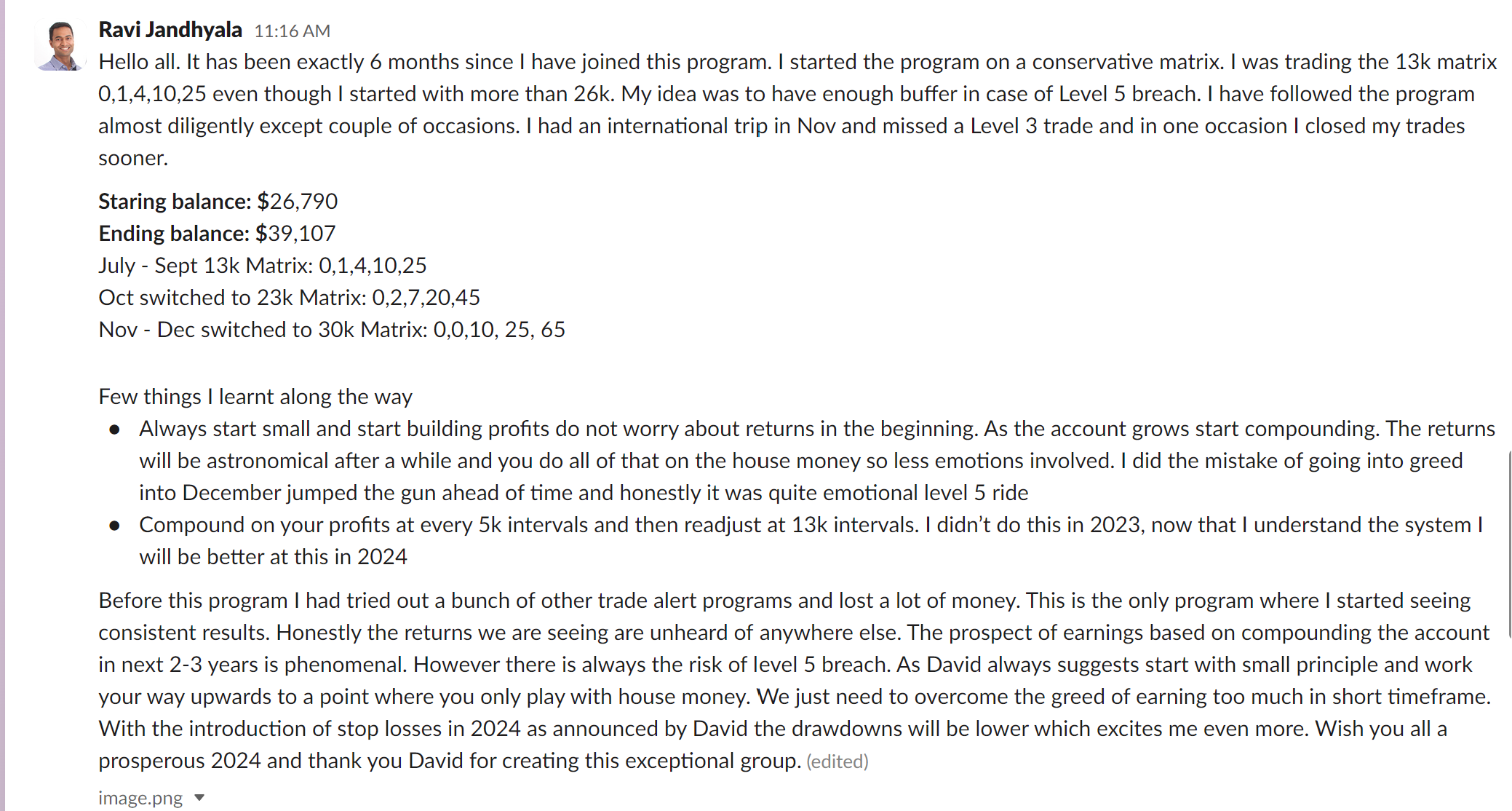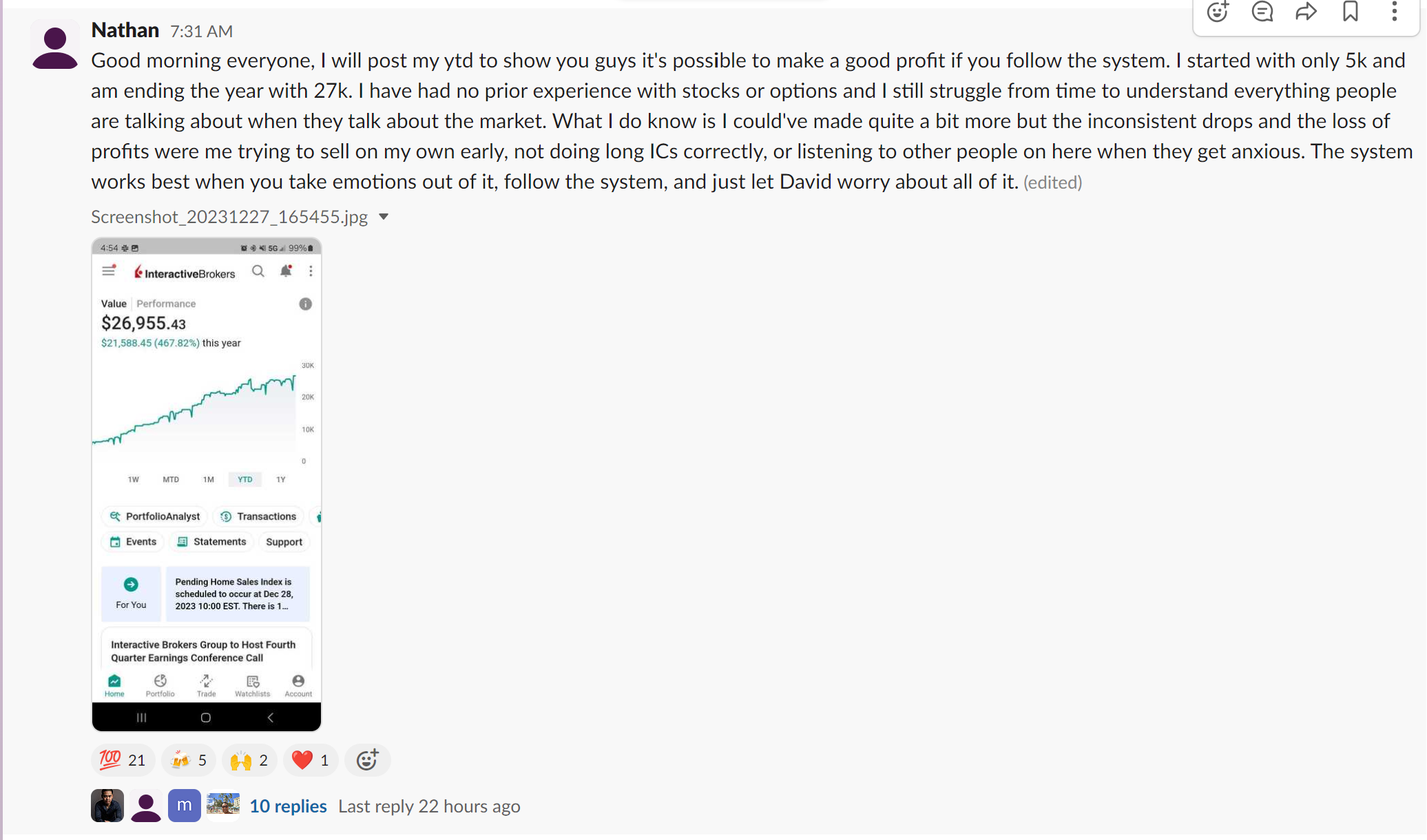In options trading, mastering the Greeks is essential for risk management and optimizing your trading strategies. The Greeks are a set of mathematical tools used to measure the risk factors associated with options contracts, providing traders with invaluable insights into how changes in various market factors may affect their trades.
Diving deep into the world of options trading can initially seem daunting, but understanding the Greeks—Delta, Gamma, Vega, Theta, and Rho—is critical to achieving consistent profits and mitigating potential losses. In this comprehensive guide, we’ll demystify the Greeks, explain their significance in options trading, and provide practical tips and strategies to help you integrate them into your trading activities effectively.
Together, we will cover the fundamental concepts behind each Greek, discuss their applications in options trading, and reveal techniques to help you capitalize on their insights. Additionally, we’ll introduce our ground-breaking SPX Income Program, designed to simplify options trading and provide expert guidance and support. Through our program, even novice traders can gain a solid grasp on fundamental concepts like the Greeks, enabling them to make more informed trading decisions and excel in the dynamic world of options trading.
Embark on your journey to mastering the Greeks in options trading and unlock your potential to optimize every trade. Supported by the knowledge and resources provided in our SPX Income Program, you’ll gain a competitive edge in the market, confident in your ability to manage risk and achieve consistent, long-term returns.
Demystifying the Greeks in Options Trading: A Comprehensive Guide to Risk Management and Trade Optimization
Mastering the Greeks in options trading is indispensable for effective risk management and trade optimization. This comprehensive guide will provide a solid understanding of each Greek and practical tips to integrate them into your trading activities.
1. Delta: The Measure of Price Sensitivity
Delta is the first Greek and represents the rate of change in an option’s price given a $1 move in the underlying stock. Delta assists traders in assessing directional risk and gauging the impact of price movements on their options trading positions. Understanding Delta can help you make better-informed decisions on options contracts, depending on your directional outlook:
– Positive Delta: Indicates that the option price will increase when the underlying stock price goes up. Call options typically have positive Deltas.
– Negative Delta: Suggests that the option price will decrease when the underlying stock price rises. Put options generally have negative Deltas.
To better manage your directional exposure, consider using Delta-neutral trading strategies such as covered calls, iron condors, and straddles, which minimize market risk and volatility impact.
2. Gamma: The Accelerator of Delta
Gamma measures the change in Delta for a $1 move in the underlying stock price. In other words, it’s the rate at which an option’s price sensitivity accelerates or decelerates. Understanding Gamma is critical for options traders seeking to more accurately predict and manage how position Delta will change as stock prices fluctuate:
– Long Options: Gamma is highest for at-the-money options nearing expiration. This translates to rapid swings in Delta, potentially resulting in significant profits or losses.
– Short Options: Negative Gamma can present risks when selling options, as it causes profits and losses to accelerate as the underlying stock price moves.
To manage Gamma risk, consider implementing strategies that benefit from declining Gamma, such as calendar spreads or long-term options contracts.
3. Vega: The Volatility Insider
Vega measures an option’s price sensitivity to changes in implied volatility. This Greek is key for traders looking to comprehend and capitalize on the relationship between options prices and market volatility:
– Positive Vega: Indicates that the option price will increase when implied volatility rises. Generally, long options have positive Vega.
– Negative Vega: Implies that the option price will decrease as implied volatility rises. Short options typically have negative Vega.
Managing Vega risk involves establishing positions with relatively balanced Vega exposure, thus mitigating the impact of potential volatility shifts. Consider incorporating strategies like iron condors or butterfly spreads, which involve long and short options components and exhibit lower Vega risk.
4. Theta: The Time Decay Master
Theta measures the rate at which an option loses value as time passes, also known as time decay. A crucial tool for options traders, Theta helps assess the potential impact of time erosion on trading positions:
– Positive Theta: When selling options, traders typically have positive Theta, which means they benefit from time decay.
– Negative Theta: Long options positions generally have negative Theta, indicating that time decay works against the trader.
To exploit Theta effectively, consider using strategies that benefit from time decay, such as covered calls, cash-secured puts, or credit spreads. Alternatively, minimize negative Theta impact with calendar spreads or diagonals.
Harness the Power of the Greeks with the Support of Our SPX Income Program
Understanding and integrating the Greeks into your options trading activities is paramount for successfully managing risk and optimizing trades. With a firm grasp on Delta, Gamma, Vega, and Theta, you can navigate the complex and dynamic world of options trading.
To further your mastery of the Greeks and bolster your options trading success, leverage the expert guidance and resources provided by our SPX Income Program. Designed with traders and investors in mind, our program simplifies and streamlines options trading, ensuring participants of all experience levels have the support necessary to excel. Embrace the transformative power of the Greeks and secure your long-term financial growth and stability with our exceptional SPX Income Program.









